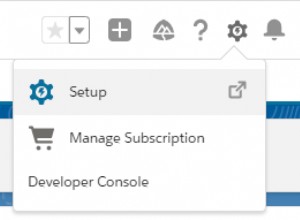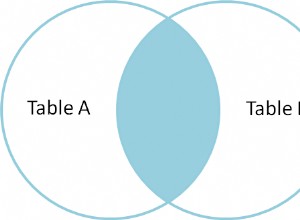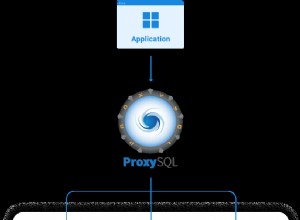tidak jelas bagaimana Anda mengembalikan nilai "A", "B", "C", jadi saya hanya menambahkannya
siapkan:
t=# create table s188 (scanid int,a float, b float,c float);
CREATE TABLE
t=# insert into s188 select 1,2,3,4;
INSERT 0 1
t=# insert into s188 select 2,12,13,14;
INSERT 0 1
t=# select * from s188;
scanid | a | b | c
--------+----+----+----
1 | 2 | 3 | 4
2 | 12 | 13 | 14
(2 rows)
pilih:
t=# with a as (
select scanid,unnest(array[a,b,c]) from s188
)
select scanid,chr((row_number() over (partition by scanid))::int + 64),unnest
from a;
scanid | chr | unnest
--------+-----+--------
1 | A | 2
1 | B | 3
1 | C | 4
2 | A | 12
2 | B | 13
2 | C | 14
(6 rows)
dan solusi yang lebih rapi dari a_horse_with_no_name
t=# with a as (
select scanid, x.*
from s188, unnest(array[a,b,c]) with ordinality as x(volume,idx)
)
select scanid,
chr(idx::int + 64) as region,
volume
from a;
scanid | region | volume
--------+--------+--------
1 | A | 2
1 | B | 3
1 | C | 4
2 | A | 12
2 | B | 13
2 | C | 14
(6 rows)




